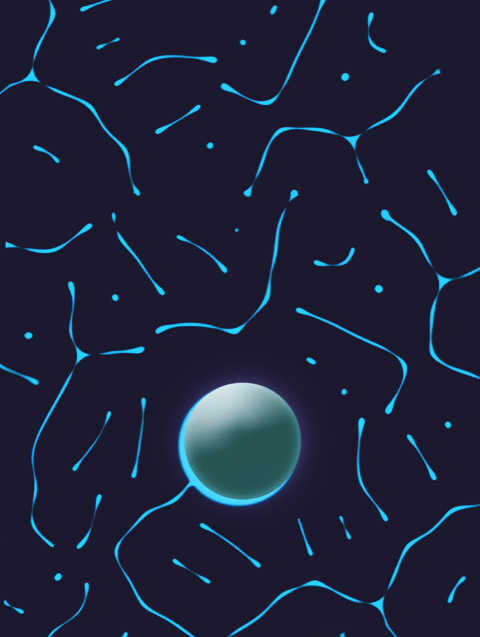Mechanochemical feedback loop drives persistent motion of liposomes
Meifang Fu, Tom Burkart, Ivan Maryshev, Henri G. Franquelim, Adrián Merino-Salomón, María Reverte-López, Erwin Frey, Petra Schwille
Can a living cell be synthesized de novo, and can we reconstruct such remarkable feature as cell motility in their biomimetic analogues? Cell motion is a fundamental aspect of life, involving intricate chemical and mechanical processes across various time and length scales. Recreating cell-like motion in a controlled environment is a challenging yet invaluable approach for unraveling the essence of life. In particular, generating persistent motion in liposomes driven by a mechanochemical feedback loop without the need for a cytoskeleton, remained elusive due to its complexity.
Here, we accomplished this by realizing a mechanochemical feedback loop between the Escherichia coli MinDE protein system and liposomes, controlled by protein reactions and membrane adhesion. Self-organized chemical gradients of membrane-binding Min proteins induce deformations of initially spherical liposomes into asymmetric shapes. This asymmetry yields mechanical force gradients resulting in directional liposome movement, which in turn causes a dynamic reorganization of the protein pattern due to the inherent geometry sensitivity of Min reaction-diffusion dynamics. Using a phase-field approach, we recreate this persistent liposome motion coupled to protein self-organization in numerical simulations.


